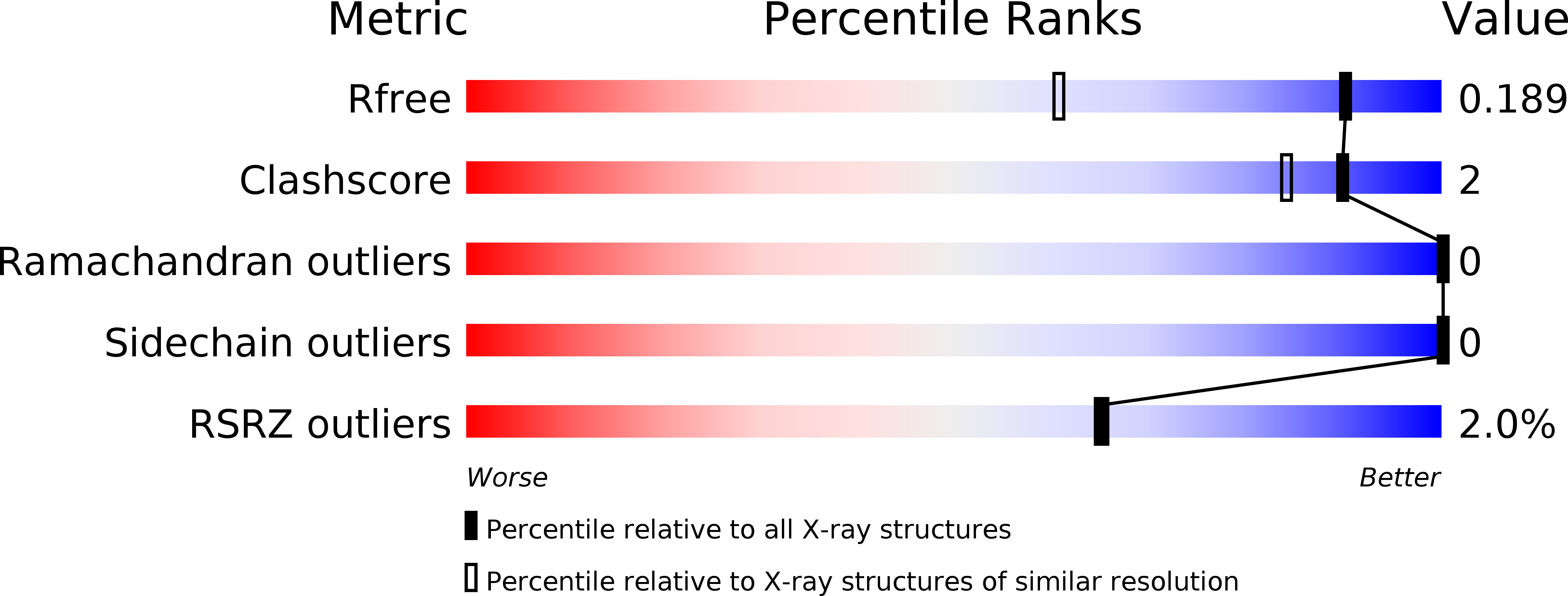
Deposition Date
2019-12-14
Release Date
2020-01-01
Last Version Date
2023-11-22
Entry Detail
PDB ID:
6LJE
Keywords:
Title:
Crystal structure of gelsolin G3 domain (calcium and magnesium condition)
Biological Source:
Source Organism:
Homo sapiens (Taxon ID: 9606)
Host Organism:
Method Details:
Experimental Method:
Resolution:
1.40 Å
R-Value Free:
0.18
R-Value Work:
0.18
R-Value Observed:
0.18
Space Group:
C 1 2 1


